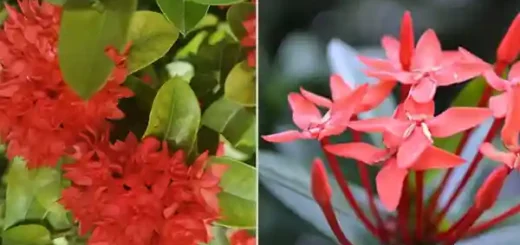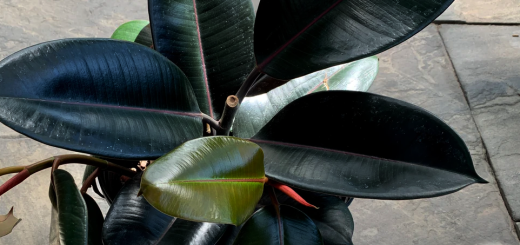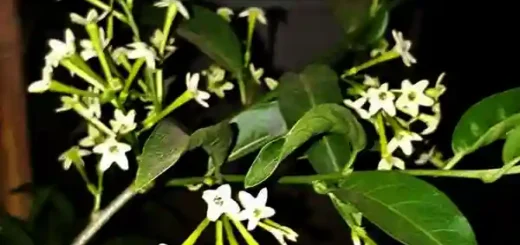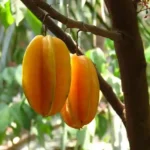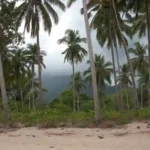Philippine Trees: The Biodiversity, Culture, and Conservation

Philippine Trees — The Philippines is one of the world’s richest countries in terms of biodiversity, and its forests — particularly its native trees — are central to that ecological wealth. From towering dipterocarps to culturally significant fruit trees, the nation’s arboreal heritage reflects a deep connection between nature and Filipino identity. This article provides a comprehensive look at the trees of the Philippines — their types, ecological roles, cultural importance, threats, and conservation efforts.
Table of Contents
Introduction to Philippine Forests
Types of Philippine Trees: Native vs Endemic vs Exotic
Dipterocarps
Fruit-Bearing Trees
Medicinal Trees
Ecological Importance
Cultural and Economic Significance
Endangered and Rare Tree Species
Threats to Philippine Trees
Conservation Efforts and Laws
How You Can Help
Philippine Trees are not just Botanical Specimens
Introduction to Philippine Forests 🌿
The Philippines is home to more than 3,600 tree species, of which over 1,000 are endemic — meaning they grow nowhere else in the world. These trees populate various forest types, from lowland dipterocarp forests to montane and mossy forests, and are critical to both biodiversity and human livelihoods.
Types of Philippine Trees: Native, Endemic, and Exotic Trees 🌳
- Native Trees: Naturally occur in the Philippines but may also be found in other parts of Southeast Asia (e.g., Narra).
- Endemic Trees: Found only in the Philippines (e.g., Katmon, Philippine Teak).
- Exotic Trees: Introduced species (e.g., Mahogany, Gmelina), often used in commercial plantations.
Dipterocarps 🌴
The backbone of Philippine rainforests. Notable species include:
These are hardwoods vital for timber but are now heavily logged and endangered.
Fruit-Bearing Trees 🍊
- Mango (Mangifera indica) – the national fruit tree.
- Lanzones, Rambutan, Durian – cultivated and native varieties.
- Katmon, Santol, Kamias, and Chico – trees integrated into rural life.
Medicinal Trees 🌱
These species are widely used in traditional and herbal medicine.
Ecological Importance 🌎
Trees are key pillars of the Philippine ecosystem. They:
- Prevent soil erosion and landslides
- Serve as carbon sinks, reducing climate change effects
- Provide habitat for endemic wildlife
- Regulate water cycles and air quality
Cultural and Economic Significance 🇵🇭
Many trees have deep cultural roots:
- Narra (Pterocarpus indicus) – National tree; symbolizes strength and resilience.
- Balete Tree – In Philippine folklore, the Balete tree holds a special — and often eerie — place. It is commonly believed to be a dwelling place for supernatural beings such as kapre (a cigar-smoking giant).
- Coconut Tree – Millions of Filipinos depend on the coconut industry for their livelihood—especially small-scale farmers in rural communities.
- Malabulak Tree – Malabulak tree supports biodiversity in tropical forests by fostering a variety of life forms.
Trees also support rural economies through fruit harvests, timber, and non-timber products like resin and honey.
Endangered and Rare Tree Species 🌱
Deforestation has put many trees at risk:
These species face habitat loss and illegal logging.
Threats to Philippine Trees ⚠️
Major threats include:
- Illegal Logging
- Mining and Land Conversion
- Slash-and-burn Agriculture (Kaingin)
- Climate Change and Natural Disasters
- Invasive Exotic Species
Conservation Efforts and Laws 🌱
The Philippines has several laws and programs to protect trees:
- Republic Act 7586 – National Integrated Protected Areas System (NIPAS)
- Republic Act 9147 – Wildlife Resources Conservation and Protection Act
- Tree Planting Initiatives – Government-led (DENR) and community-driven
NGOs and indigenous communities also play a major role in forest protection.
How You Can Help 🌍
- Join tree planting activities
- Support local reforestation projects
- Avoid buying products made from endangered trees
- Spread awareness
- Plant native trees in your backyard
Philippine Trees are not just Botanical Specimens 🌟
They are part of the nation’s heritage, ecosystem, and future. Protecting them means preserving biodiversity, empowering indigenous communities, and ensuring climate resilience. Whether you’re a student, an environmentalist, or a curious reader, understanding and advocating for these trees is a step toward a more sustainable Philippines.
References:
https://en.wikipedia.org/wiki/Category:Trees_of_the_Philippines

